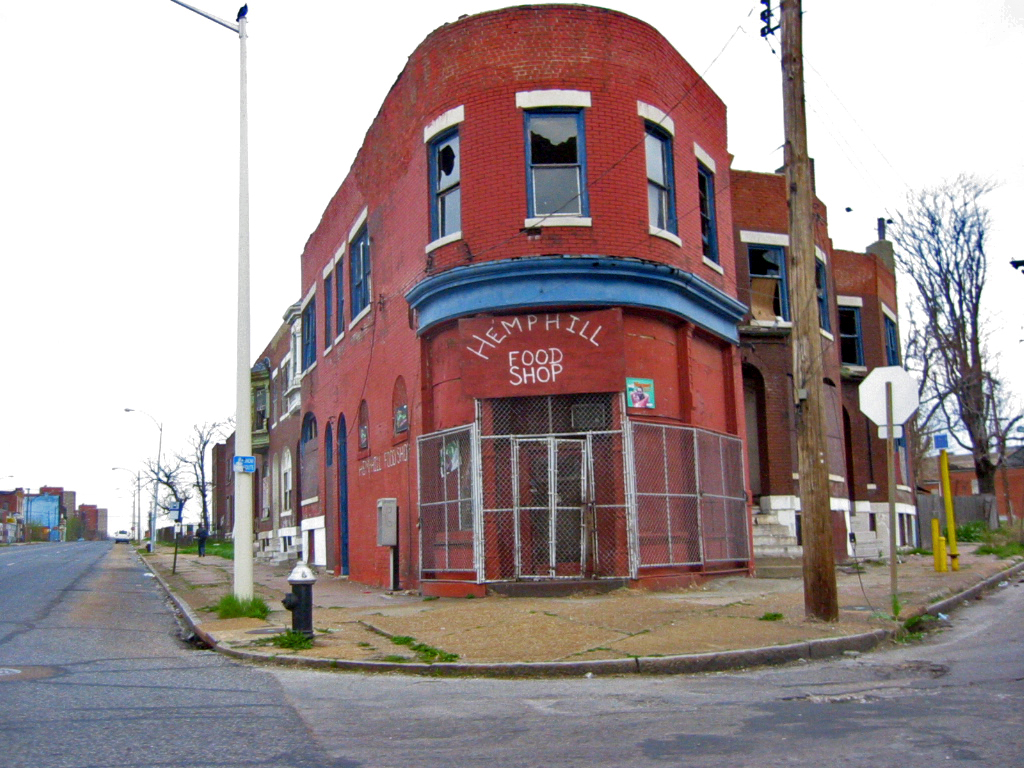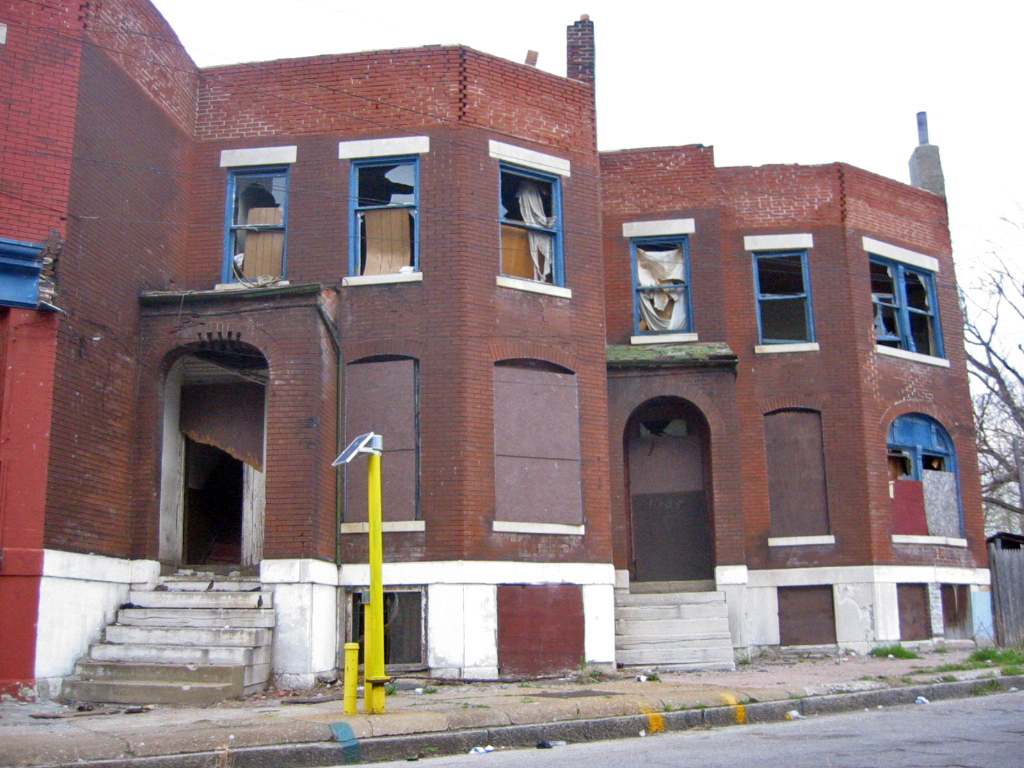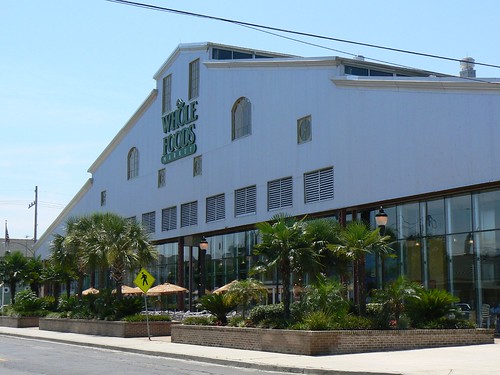Click here for the
latest Preservation Board agenda.
On it are not one, but two attempts by churches to demolish our history.
Why? Inevitably it's for green space. Or a "community center". Or, even if they don't indicate it to the Preservation Board, it's for parking.
One house is at 1244 Temple in the city's once opulent West End neighborhood (not to be confused with the more vague reference to anything west of the Central West End as the "West End").

Luckily, Bob Bettis of the Cultural Resources Office recommended denial of the permit for demolition.
It is just such a home--yes, it's vacant now--that, when demolished, can forever alter a block for the worse. Pretty soon, the creeping notion of an urban prairie descends upon the neighborhood aesthetic, and then you've got the recipe for several more demolition applications.
In the second case, this time in the Old North St. Louis neighborhood (and the Murphy-Blair Historic District), the Cultural Resources Office gave the thumbs up to a faith-based organization (highly respectable as it may be) to proceed with demolition of an 1880s-era Italianate building that was in bad shape.
If there's any neighborhood poised for revitalization, it's ONSL. If there's any neighborhood
that needs to preserve absolutely every remaining building to truly revitalize, it's ONSL.
You simply can't convince me that this organization could not find a nearby LRA lot for super cheap on which it could have built its proposed new construction.
The building approved for demolition is located at 2605 Hadley. The one denied, now twice, is on the same block at 2619-21 Hadley.
When the Board reviews demolition, it should consider not only the condition of the building, the likelihood for redevelopment, historical significance, and historic context. It should also consider the viability of proceeding with the proposed development on a different site.
It doesn't make sense to have historic context as criteria for demolition approval/denial when the Board, in piecemeal fashion, allows enough scattered site demolitions across the city to guarantee future approved demolitions on the basis of diminished context!
And churches! I am getting so tired of their "green space" pleas. This city has a wonderful park system, and nearby vacant lots can be handily turned to such green space if need be.
I think that the Board of Alderman should pass a "green space ordinance" that forces any entity that wants to develop green space as part of a development conduct a study for the need for such green space, that they demonstrate beyond a reasonable doubt that this green space will provide more economic, social, and cultural development than would the existing structure(s), AND that they develop a long-term plan for maintenance and landscaping of the site, including signage, fences, and other equipment.
The same stringent review process should be put into place for proposed parking lots as well.
It seems the Board just isn't looking at the big picture ever. All of these individual permit reviews have caused near-sightedness.
Churches--which already receive tax benefits--should have to have a development plan approved by citizens of the Ward when they acquire a certain number of parcels. Their wanton demolitions seem, well, selfish and quite against the future of their home neighborhoods.























